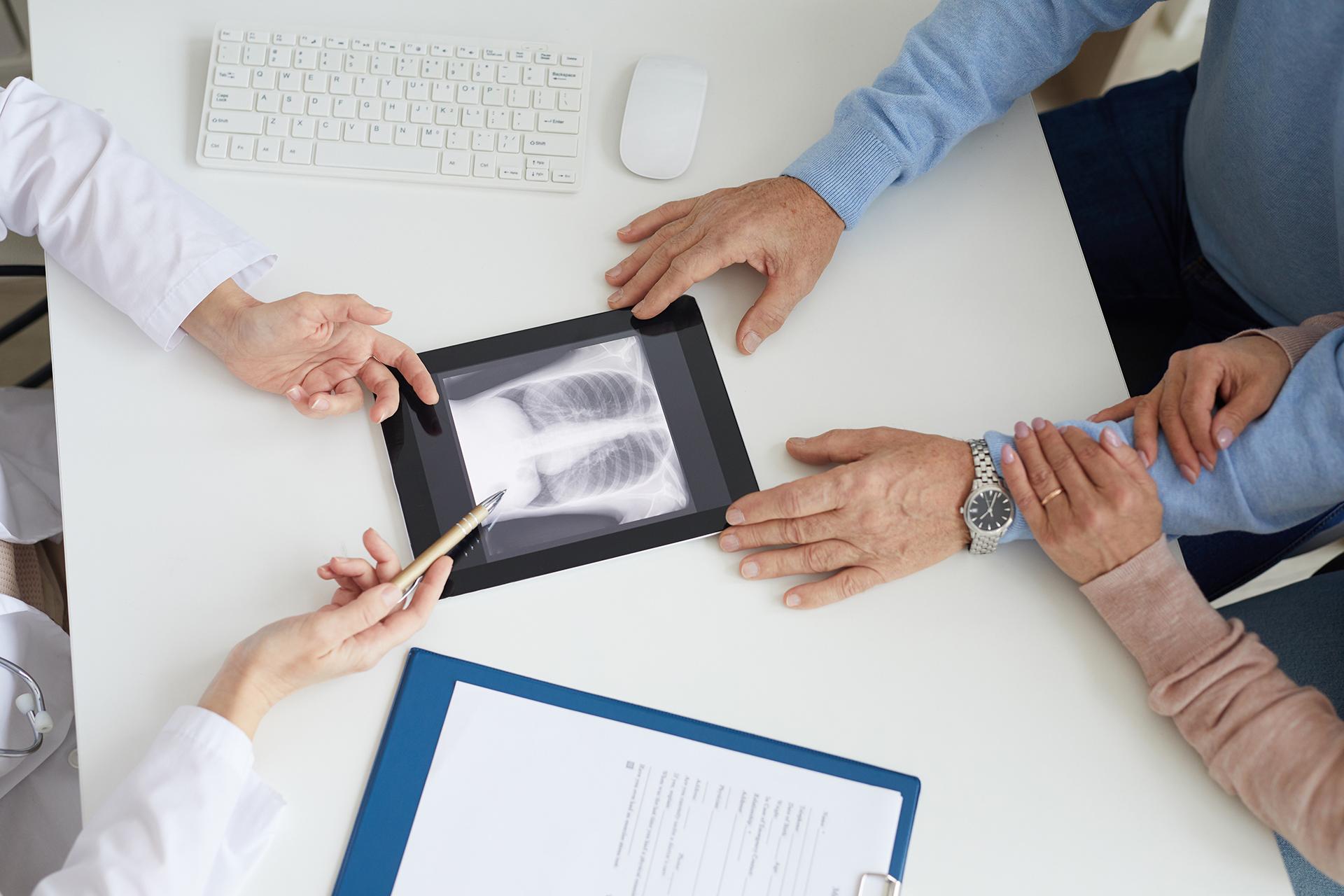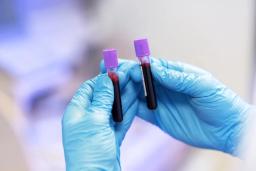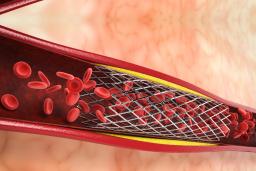VQ scan: Why is it Done and How Does it Help in Detecting Lung Ailments?
Key Takeaways
VQ scan is an imaging technique that helps in measuring the flow of blood and air in your lungs. ‘V’ stands for pulmonary ventilation and ‘Q’ means perfusion, which is the passage of fluid. To understand it better, you can look at a VQ scan as two imaging tests for assessing lung problems. While the ventilation scan measures the movement of air to and from the lungs, the perfusion scan determines the blood supply in your lungs. However, it is not mandatory to get these scans done simultaneously. They can be done separately as well.
During a ventilation perfusion scan, a radioactive material called a tracer is utilized. It is the tracer that helps in diagnosing lung ailments. Whether it is COPD or pulmonary embolism, a VQ scan test is found to be more accurate than a chest X-ray. To know more about the lung perfusion scan, read on.
Why Do You Need to Undergo a VQ Scan?
Though a VQ scan is most commonly used to detect pulmonary embolism, it is also used when you face the following symptoms [1]:
• If your heartbeats are rapid• If you cough persistently or cough blood• If you face chest pain• If you face any trouble in breathing• If you have pain in your back• If you sweat profusely• If you feel dizzyEven if you don’t show symptoms of pulmonary embolism, you may be asked to undergo this imaging test if you are prone to certain risk factors such as:
• Old age• Smoking• Obesity• Family history of pulmonary embolism
How to Prepare Yourself for the Test?
After explaining the procedure of the scan, you’ll be asked to sign a consent form. It is necessary to inform the doctor if you are allergic to substances used in this test. Let the doctor know if you are breastfeeding as the dye used in this scan may get mixed with the milk. If you have undergone any other test involving radioactive materials in the past 48 hours, you should inform doctors as it can affect scan results. Ensure that you wear only loose-fitting clothes and remove jewelry and other metallic objects. You don’t need to fast before undergoing this scan. However, you may be asked to undergo a chest X-ray before taking this test.
How Is This Imaging Test Done?
You can get both ventilation and perfusion scans done one after the other based on your requirements. For both scans, you’ll lie down on a table and a scanner is used to take images of your lungs. Before you undergo this procedure, the tracer will be provided. It is this tracer that emits gamma rays, which are then used to produce images of your lungs.
Before the ventilation scan, you’ll be asked to wear a face mask that contains the tracer. You’ll have to breathe in the gas. When you hold your breath, the scanner clicks images of your lungs. This will continue for a few minutes so that a good amount of tracer gas has been collected in your lungs. Following this, you’ll be asked to remove the face mask. When you start breathing normally, the tracer will get removed from the lungs.
If you are undergoing a perfusion scan, the tracer will be injected intravenously. This tracer will spread to different blood vessels and the scanner will take images of the lungs. During this test, you’ll be asked to move to different positions so that proper images of the lungs can be captured from different angles [2].
How Do You Interpret the Results of a VQ Scan?
After getting the scan done, you’ll get your results. If your lungs are functioning well, your results will be normal. However, if the scan shows your lungs are not receiving proper blood or air, your results will be abnormal. Such a situation occurs when you are suffering from the following conditions:
• COPD• Pneumonitis• Pneumonia• Pulmonary embolism• Heart failureAdditional read: 10 Heart Tests to Ensure You Have a Healthy Heart
What Are the Risks Associated with This Procedure?
This procedure has minimal risks. In some rare cases, you may face allergic reactions due to radioactive material. You may also experience a slight infection at the site of injection.
To detect the presence of blood clots in your lungs your best bet is a VQ scan. Pregnancy issues may occur if it is done when pregnant, so it is best to avoid such procedures. This scan uses radioactive material, it can cause harm to the fetus. Other than that, you can go ahead and book health tests on Bajaj Finserv Health. Meet reputed pulmonologists for proper assessment of your lung conditions and stay healthy!
- https://medlineplus.gov/lab-tests/vq-scan/
- https://my.clevelandclinic.org/health/treatments/17627-vq-scan
Please note that this article is solely meant for informational purposes and Bajaj Finserv Health Limited (“BFHL”) does not shoulder any responsibility of the views/advice/information expressed/given by the writer/reviewer/originator. This article should not be considered as a substitute for any medical advice, diagnosis or treatment. Always consult with your trusted physician/qualified healthcare professional to evaluate your medical condition. The above article has been reviewed by a qualified doctor and BFHL is not responsible for any damages for any information or services provided by any third party.



